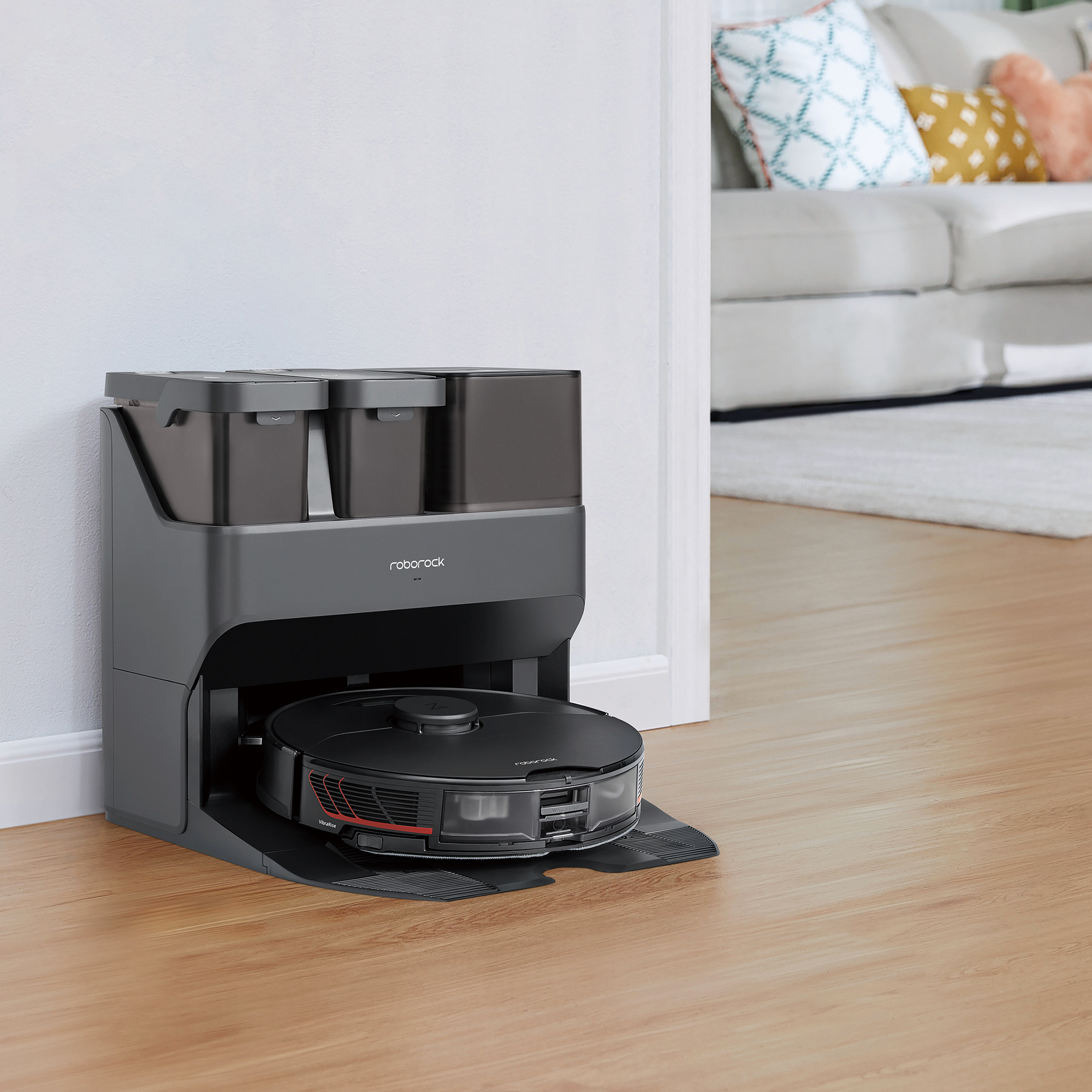Are you pregnant? There’s only one way to be sure and that’s by taking a pregnancy test! Today’s tests are nigh-on foolproof and if you follow the instructions accurately, and the test kit is in date, your at-home pregnancy test can be around 99 per cent effective – that’s roughly the same accuracy rate as a urine test performed by your GP.
The 8 most common signs of pregnancy
Too embarrassed to buy a pregnancy test in store, or don’t want anyone to spot you buying one? Shop online instead and save yourself the hassle. Buying pregnancy tests in bulk online can also save you money if you’re actively trying to get pregnant and will be using tests monthly until you get that positive result.
Taking a pregnancy test at home gives you greater privacy when discovering the result, too, and you can save the test to show your partner if they’re not with you when you perform it. Let’s look at how pregnancy tests work, how to use them, and what are the best digital pregnancy tests currently available.

How does a pregnancy test work?
All over the counter pregnancy tests are designed to detect a hormone called hCG (human chorionic gonadotrophin), which your body starts producing around six days after implantation. Some extra-sensitive pregnancy tests are designed to detect a variation of hCG called H-hCG, which can often be detected before hCG. All over the counter pregnancy tests work by detecting these pregnancy hormones in your urine.
The most common types of at-home pregnancy tests use a test strip or a dipstick that you either hold in your urine stream (often called a midstream pregnancy test) or dip into a sample of your urine (collected in a cup or other clean vessel). If you’re pregnant, part of the strip, or perhaps the indicator window on the dipstick, will either change colour or status, or display a sign or weeks indicator, depending on the design of the pregnancy test.

How to use a pregnancy test
No matter how excited you are to take a pregnancy test, read the instructions before you use it. That way you can be sure that the result is accurate.
If you are using a midstream kit - where you pee onto the stick - wee for a few seconds first, then place the stick into your urine stream for the length of time (usually five or 10 seconds) dictated by the test’s instructions.
Using a pregnancy test that requires a urine sample collected in a cup or other clean vessel? Wee into the cup, then either dip the test into the urine for the designated amount of time or collect (via a dropper or syringe) a few drops of urine and place them onto the strip section of the test.
Most women take pregnancy tests first thing in the morning, as the level of hCG is higher and therefore easier to detect.
The 9 best apps to help you plan and track your pregnancy
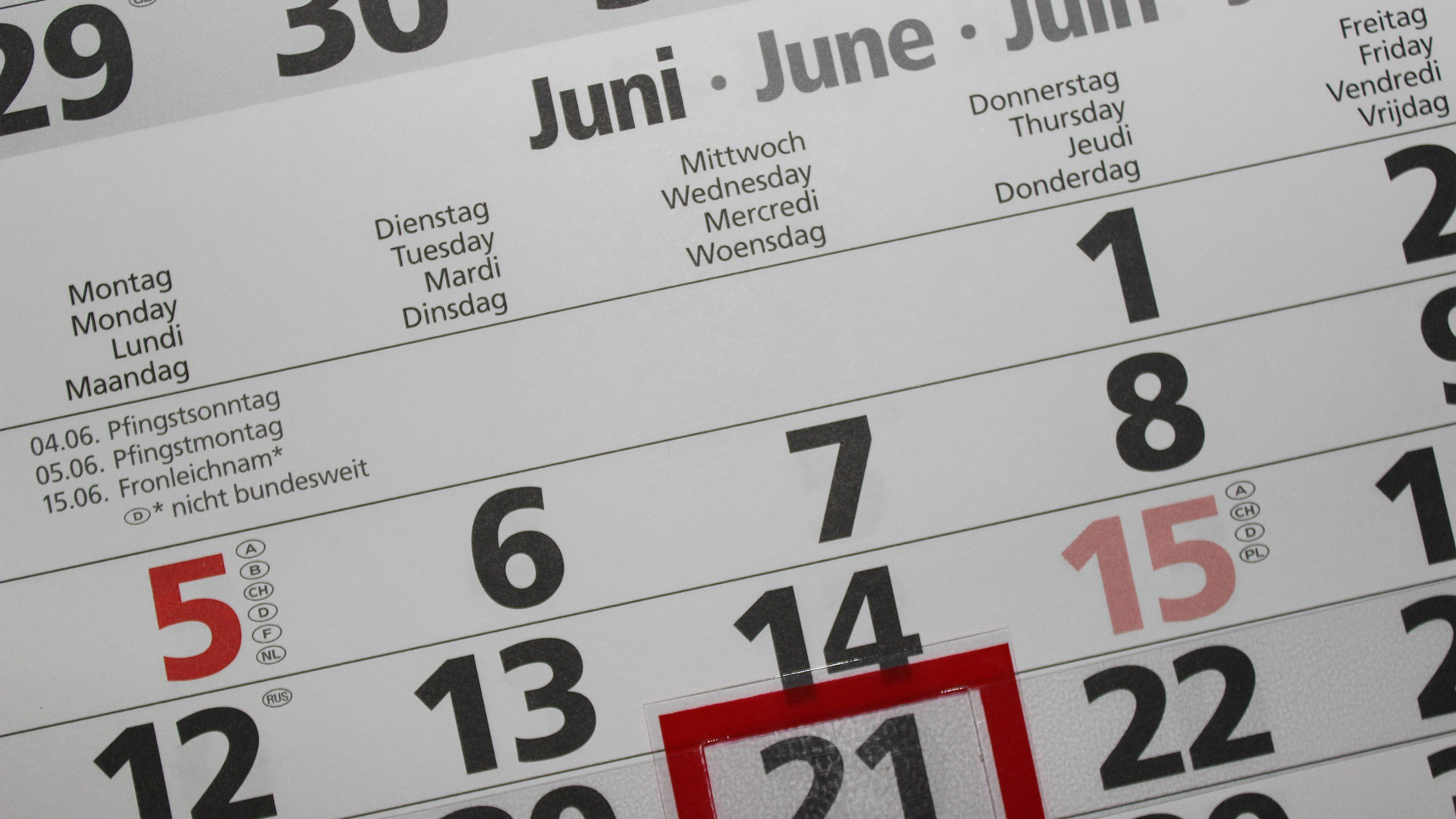
How soon can you take a pregnancy test?
Different pregnancy tests have different levels of sensitivity when detecting hCG. While some extra-sensitive tests might detect pregnancy from the first day of your missed period, and a few earlier than that, the majority are accurate from around one week after your missed period was due.
If you take a pregnancy test at the start of your missed period and it shows a negative result, but you think you are pregnant, test again in a few days when levels of any present hCG may be higher. Unsure when your period is due? Take a pregnancy test at least 21 days after you last had unprotected sex.
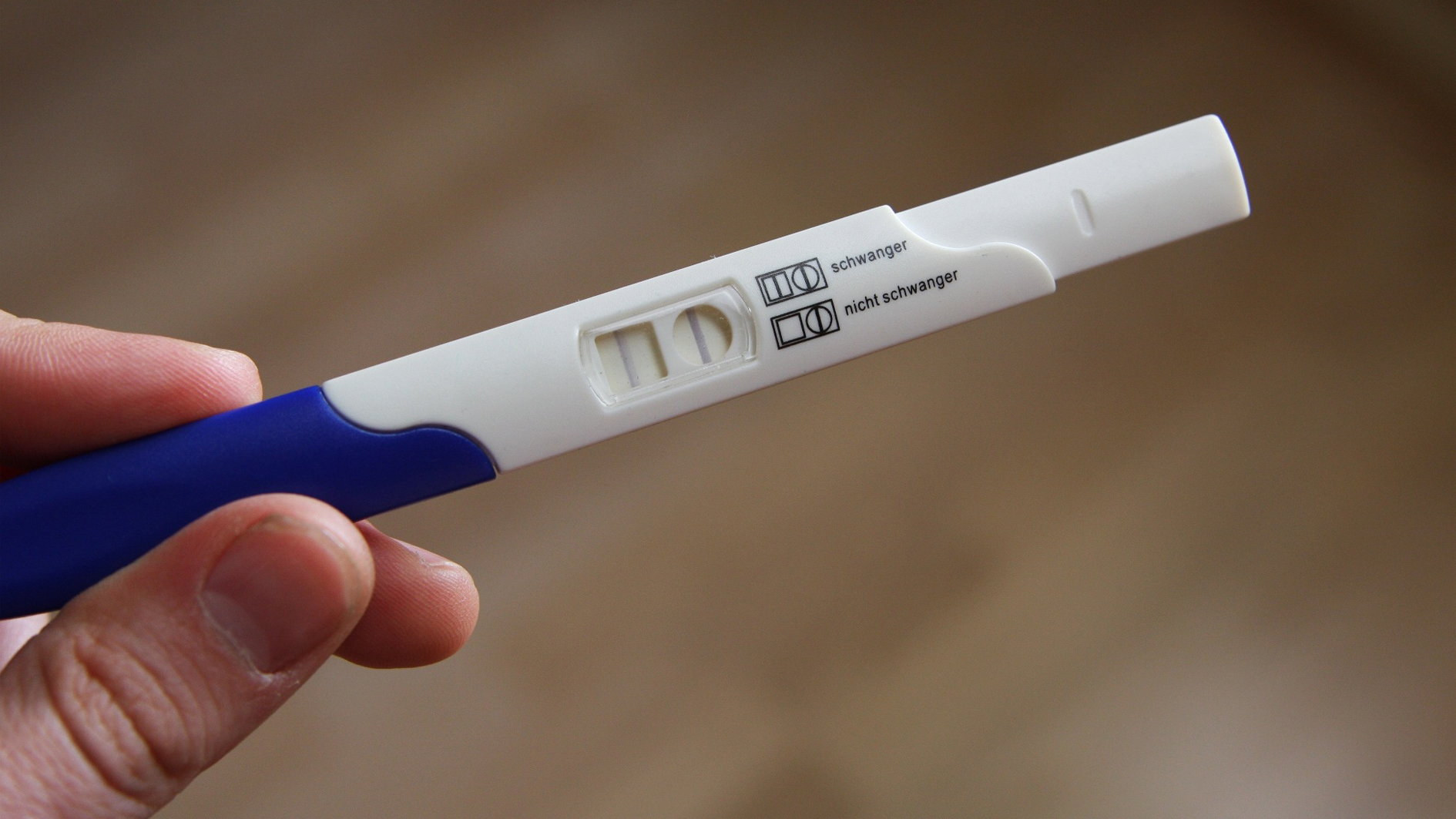
What is a false negative?
According to the NHS, a positive test result is almost always reliable – there are instances of false positives, but these are rare and usually caused by another health condition or as the result of taking medication containing hCG.
But what happens if you have a negative result but you still think you might be pregnant? It could be that there isn’t a high enough level of hCG in your urine for the test to detect, or perhaps you ovulated later than you thought this month, so wait a few days and do another pregnancy test.
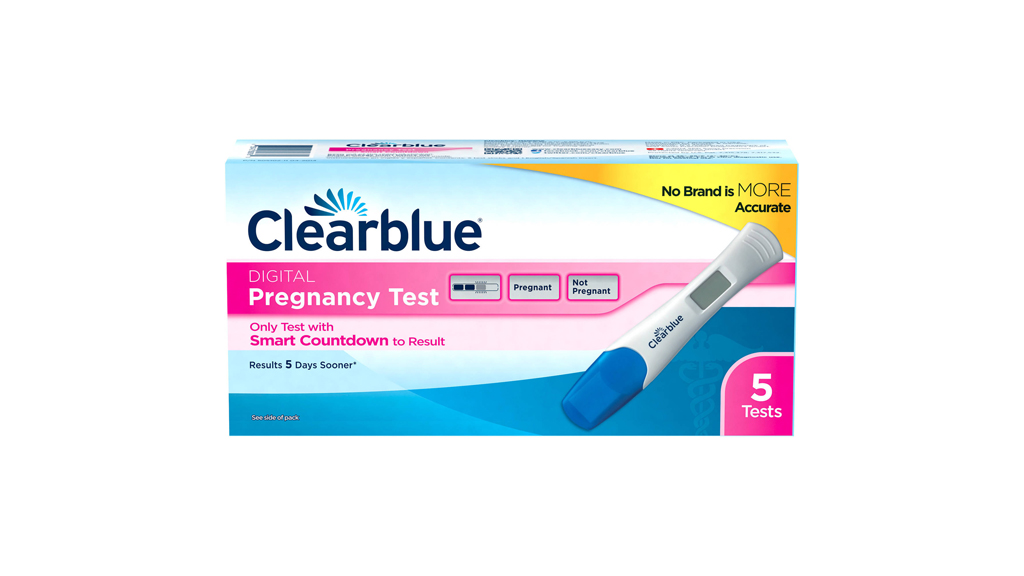
There are lots of reliable at-home digital pregnancy tests available these days, but what if you want extra reassurance that the test is actually working? This pregnancy test from Clearblue has a Smart Countdown feature that tells you how long you have left to wait before the result appears in the indicator window, reassuring you that the test is working fine.
To use the Clearblue Digital Pregnancy Test With Smart Countdown, wee onto the wide absorbent tip, replace the cap and wait. A progress bar (the Smart Countdown) is displayed on the test’s digital screen, and after approximately three minutes the display will change to read either ‘Pregnant’ or ‘Not pregnant’.
When, during your monthly cycle, you use this test will affect its accuracy. Take it four days before your period is due, for example, and it’s only 51% accurate. Take it on the day of your expected period and it leaps up to 99% accurate – the same accuracy level of a urine test given by your doctor or health practitioner.
If you don’t care about any frills or trimmings and want a no-fuss pregnancy test, the One Step Ultra Early Pregnancy hCG Midstream Tests are available in twin packs for less than the cost of a take-away coffee.
These affordable midstream tests are individually packaged in foil wrappers and can be used up to two days before the first day of your missed period, though they are more accurate from the first day of your missed period when hCG levels might be higher.
To use the One Step midstream pregnancy test, remove the blue cap and wee directly onto the strip part of the stick. If you see two lines you’re pregnant! Got a negative result? Test again in a few days if you think you could be preggo.
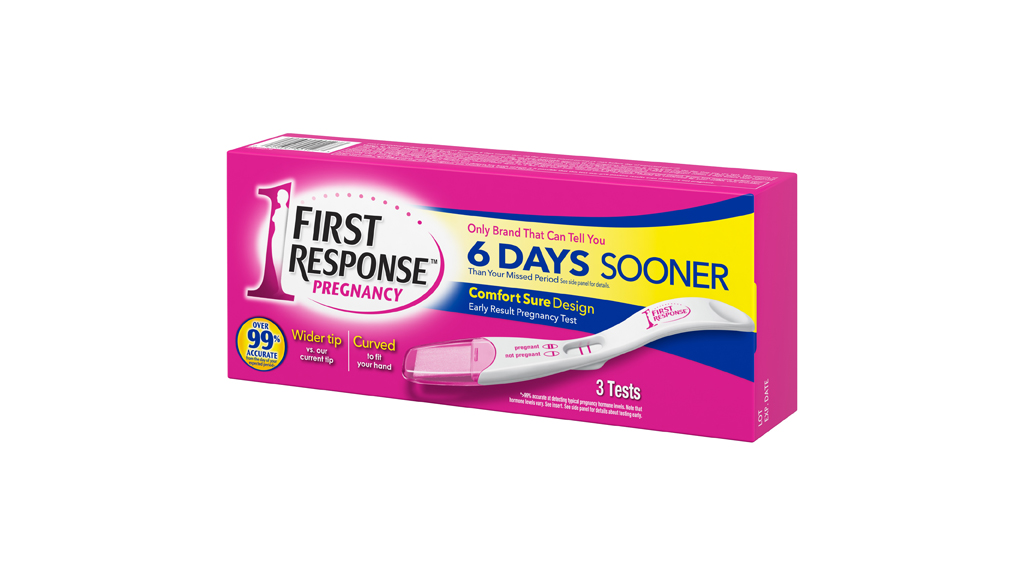
One of the highest-rated at-home digital pregnancy tests you can buy, the First Response Early Result Pregnancy Test (FRER) is generally regarded to be one of the most sensitive early pregnancy tests and therefore ideal if you can’t wait for day one of your missed period to begin testing. It has a 76% accuracy level when testing five days ahead of your due period, increasing to over 99% from the first day of your missed period.
The FRER pregnancy test sports a wide absorbent tip and a curved body, making it ideal for holding in your urine stream during testing. Results are displayed within three minutes, showing two pink lines for pregnancy and one line if you are unlucky this month.
Finding out that you’re pregnant is one thing, but the next question you’ll no doubt be asking is, “How many weeks pregnant am I?” Clearblue has designed its Double-Check + Date Pregnancy Test duo to detect pregnancy and to provide a rough estimation of how many weeks along you are.
In this combo pack you’ll find a digital pregnancy test, which displays the number of weeks, and a visual pregnancy test that offers a plus (+) or minus (-) result.
You can use the Double-Check + Date tests up to four days before your period usually arrives, but accuracy increases the closer you get to the day your period is due. Results are delivered anywhere from one minute to three minutes into testing. So, not long to wait to see if your life is about to change!



